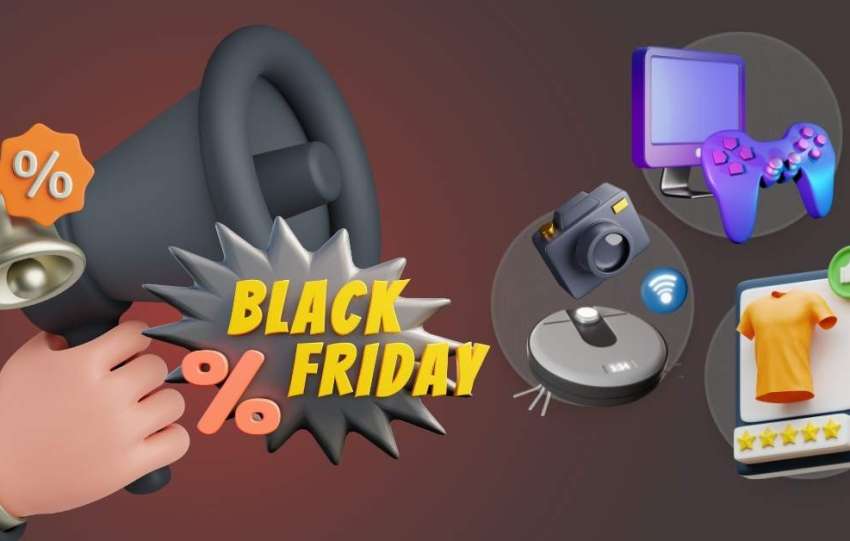Share This Article
Know the different loyalty strategies that you can use in your e-commerce to improve your relationship with your customers – and use them!
Many businesses are satisfied with attracting new customers but do not worry about loyalty. This is a serious mistake since customer loyalty is cheaper than attracting them. Although that does not mean it is easy.
What happens is that a lot of the time we are not aware of the few efforts that can cost a loyalty strategy in e-commerce. Some actions cost more and others are much simpler. Let’s list some of the points to keep in mind when carrying out our loyalty strategy. With just one of them, we will be able to verify how a customer’s trust is strengthened and how we can improve our possibilities of purchase.
Customer service, the face of the company
In a physical store, the customer can receive many inputs from the company: if the area is illuminated, if the sales assistants are pleasant and if the products are displayed correctly…. The shopping experience itself tells you a lot about the company. Well with e-commerce the same thing occurs: the client draws conclusions from the company knowing their e-commerce, the stock of products, the contents of the descriptions…. If we do not make that analogy we can ignore an important point such as customer service.
Marking a loyalty strategy that puts the post-sales service in the spotlight is very important. Companies such as Amazon manage to retain customers due to the quality of its customer service, offering call quality and ease when it comes to making returns.
Personalise interactions
As we discussed earlier in this article on newsletters for e-commerce, it is very important to customize the interactions with our users.
When we talk about “personalising” we speak, on the one hand, about calling the user by their name, but also offering content that interests them. If, for example, we have a pet product store, it is a good idea to differentiate between dog and cat products, so we will not send dog products to cat owners, nor cat products to dog owners. We will focus on communication and our loyalty strategy so that each user receives useful information tailored to them. This increases our engagement and loyalty to our online store.
Use social media and connect with your audience
Not many companies use Facebook for commercial purposes as the sole objective, what it is clear is that the goal that social networks best meet is the loyalty of the public. If we offer our audience interesting content through social networks, they will not follow us for commitment, but with a real interest. Often the content does not need to be created by us, nor does it need to talk about the brand. It is enough that it is content that gives us personality and links us to our users.
In the same way, social networks continue to be a channel of customer service. For better or for worse, some users will tell you the good things about their experience (and those who have had bad ones, even more) or will talk about their experience of the brand. However, it allows many of them to ask questions or voice their concerns, so it is important to also be available to them.
Competitions are another way to connect with our audience and make them interested in our products; they also generate activity within social networks and people’s movement, so we can include it both in our loyalty strategy and in the recruitment of new customers.
Discounts and coupons within the loyalty strategy
If we want to be loyal to our ecommerce audience, discounts and coupons are a good option, as long as they are offered exclusively or only available to customers after a purchase or after a period without buying, because of a specific time of the year, their birthday….Loyalty strategies based on sending discounts or coupons to customers aim to reward the customer for their loyalty, as well as loyalty programs that accumulate points or discounts, increasing customer satisfaction and the possibility of repeat purchases.
On the other hand, there are discounts there to attract customers that, although they are also a way to direct traffic to our website, are not within the loyalty strategies.
Private or exclusive sales
In the current market, being a VIP is very democratized, but it does not cease to please. Carrying out a loyalty strategy that rewards loyal customers with early or private sales of new products in a timely manner is something that costs planning time, but not money directly.
Planning a consistent loyalty strategy is very important to improve our online business, but do not forget that, however much cheaper it may be in economic terms, it requires time, dedication and effort, such as the development of a CRM or content that generates engagement with the clients. Carrying it out will require having to listen to our customers and know what they want. Only in this way can we carry out a loyalty strategy that improves visits, traffic and sales in our online store.





 Contact
Contact





